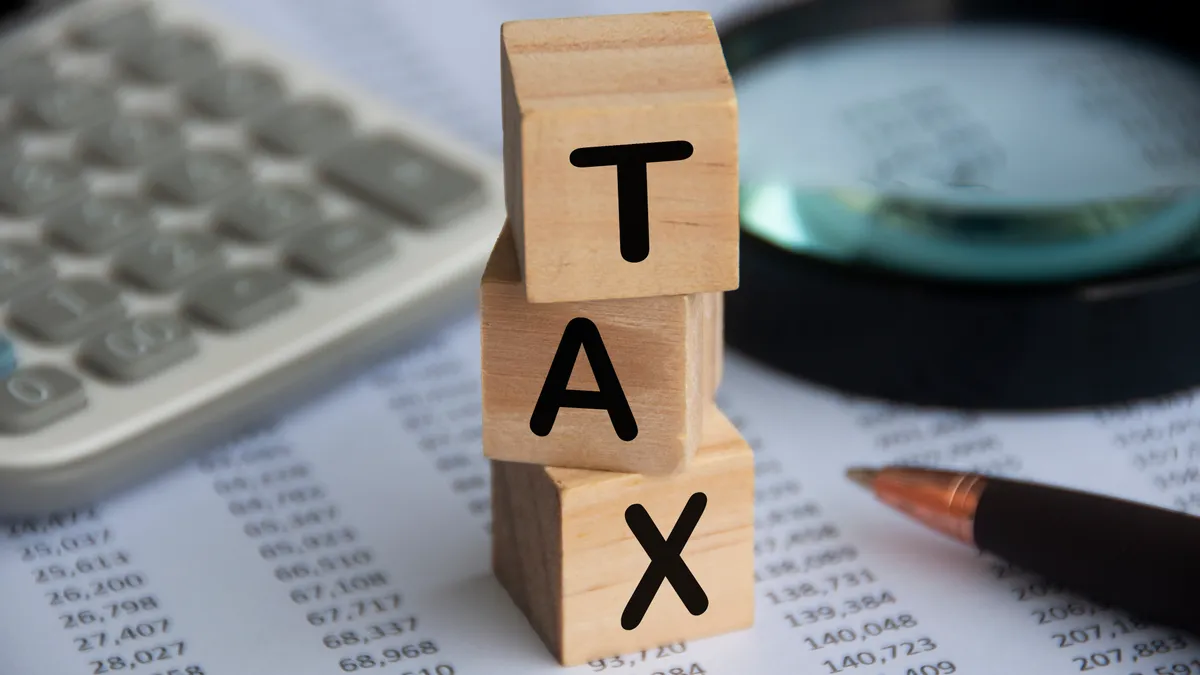ERP systems touch every part of the business, but not every function is equally served. Too often, tax gets short shrift, despite its vital role sustaining the enterprise.
“For most companies, tax is collectively a top-five expense,” said David Nickson, principal in EY’s tax, technology and transformation practice and US SAP Tax Alliance and East Region TTT leader. “But the tax agenda is the most underserved corporate function by legacy ERP systems.”
Arduous ERP modernizations, a pricey pain point for many companies, can be a trial by fire for the CIO, but IT executives have much to gain from roping tax into the digital transformation agenda. Securing internal buy-in from tax leaders can ease the process and help CIOs identify significant caches of overlooked value from system upgrades.
“Enlightened CIOs are realizing this,” Nickson said. “While the tax organization may be relatively small, it has a big job to do that relies extensively on the shadow tax function, which is all of those people in finance who are there helping to pull data and reconcile information.”
The ROI from ERP modernization for a multinational enterprise can be in the tens of millions of dollars, according to Nickson.
Much of that value rests in data that modernized, SaaS-based ERPs are designed to unlock.
“Taxes are driven off of data and we routinely find that tax functions spend in excess of 60% of their time just trying to collect data,” said Nickson. “It might be that the data just wasn't collected in the ERP system or maybe it’s there but it’s not centrally accessible.”
As cloud-based SaaS becomes the industry standard and ERP giant SAP drives customers to cloud, the software market is expected to emerge from two years of slowing growth. Analyst firm Forrester expects the market to expand by 12% annually for the next several years, reaching $1 trillion in global sales in 2024.
Spending increases will not be without oversight. After a year-long optimization push, CIOs are under scrutiny from finance to tie cloud and software cost to value.
ERP vendors have caught on to the benefits of bringing tax on board with modernization plans, Nickson said. Enterprises are seeing the value, too.
Leaders know that tax is a stakeholder in these decisions, according to Nickson.
Companies typically bring them into the process when the time is right, Nickson said. That time is “far earlier than people think,” he added.












